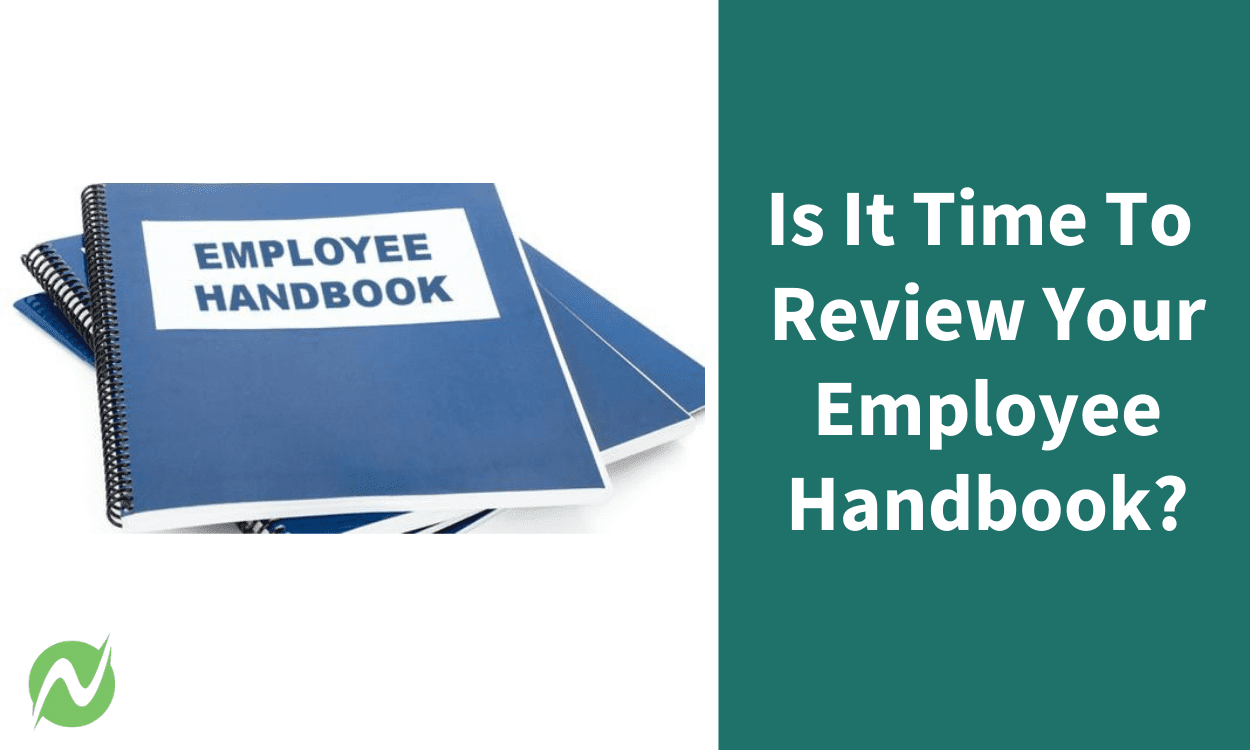Share
A successful business is constantly moving forward, but an outdated employee handbook will leave you flat footed when responding to problems. From labor laws to social media platforms, your handbook needs to address emerging issues in today’s workforce.
Few professional documents have the flexibility to fulfill vital compliance obligations while simultaneously setting aspirational goals. Beyond the minimum requirements for office attire, you have the chance to define how employees can work together for a brighter future.
Be sure to update your employee handbook regularly to reflect ongoing changes in your industry. Your employee handbook needs to keep pace with the changes in your company. But don’t think about those routine updates as a chore. Rather, look at your quarterly handbook review as an opportunity for continuous improvement.
How Often Should You Update Your Handbook?
At minimum, employee handbooks should be updated at least once a year. But ideally, updating every quarter ensures timeliness, comprehension, and protection. A quarterly cycle is best for revisiting the handbook to add any new information and correct any issues.
The vast majority of your handbook won’t change annually, but you want every page to reflect the way you currently do business. Address real world situations (pandemic-related policies, for example) and keep the language easy to understand. Reflect on the HR challenges and near-misses you’ve seen in the past few months, and check whether any new HR policies or details need to be added.
With each edition, get professional legal input on any changes to your handbook. Regular updates should provide legal protection from lawsuits and audits. Unfortunately, a poorly edited paragraph can also create new problems. Ensure overall compliance by adjusting policies to align with any new regulatory changes.
Here are just a few of the things to consider when reviewing and updating your employee handbook:
Legal and compliance changes
Update your handbook to reflect changes in wages, work hours, and overtime. Contractors and employees need to be classified correctly for tax purposes. Make sure your handbook clearly addresses the different categories, from seasonal workers to exempt employees.
Follow along with any changes in local, state, and federal laws. If you’ve started with a generic handbook, make sure it’s customized for your location(s) and the current industry standards.
Evolving workplace
Many companies developed long-term remote/hybrid work policies as a result of the pandemic response. Be sure to include those new policies in the handbook, and make edits to reflect the “lessons learned” along the way. You may have sent memos and explained changes to leave policies, but those changes should be reflected in the handbook.
Even if you haven’t regularly encountered it in the workplace, you need written policies that emphasize your company’s response to harassment, bullying, and violence. If problems do arise, then clear handbook policies empower your managers to respond swiftly without seeming arbitrary.
Workplace safety and data security
For employees who cannot work remotely, how are you protecting their health and safety during future outbreaks? What’s your process for implementing social distancing and other temporary measures at the office?
Related to harassment and violence prevention, most companies will prohibit certain types of weapons as a danger to workplace safety. Make sure to define terms like “weapons” by giving examples.
Data security is serious business, and you need employees to do their part. Your policies should address phishing, business identity theft, and other data security threats. Work with your IT department to clarify policies around email attachments, workplace hardware, and software access for remote workers.
Company growth and changes
Many industries require continual growth and change. Update your handbook as training and orientation processes change, and include any changes to the performance review process. If your benefit plans change every few years, make a habit of verifying the contact information for service providers and other key details.
New technology and software
When you upgrade to comprehensive HR software, digital time clocks, and other labor-saving systems, your handbook needs to align with your current way of doing business. New and updated software might mean that employees are responsible for covering their own absences or tracking remote work hours. You can communicate those expectations verbally in training sessions at first, but new expectations need to be added to the handbook for future employees.
Employee engagement
Developing your employee handbook is an opportunity to shape your company culture. The handbook should serve as a practical and helpful guide to new employees. Let employees know where to go for answers they couldn’t find in the handbook. (Whether they turn to their manager or HR staff, keep a list of those questions for future editions of the handbook.) Whenever you finalize edits to the handbook, send updates to employees, drawing their attention to any important policy changes.
PDFs and digital copies are excellent for distributing new editions annually to existing employees. Digital handbooks can be distributed as an email attachment or hyperlink. Print editions are great for new hires to leaf through during orientation. Make sure you get signatures confirming receipt of the initial handbook.
Industry news & tips sent straight to your inbox!
Enter your email below to subscribe to industry news, product updates, and tips.
For more information on HR topics, read our HR blog and follow Netchex on social media—Facebook, LinkedIn, and Twitter.
Related articles

Seven Major Post-Election HR Implications for Businesses

HR’s Role in Driving Business Success and Growth

The Benefits and Must-Have Features of Employee Self-Service Portals

